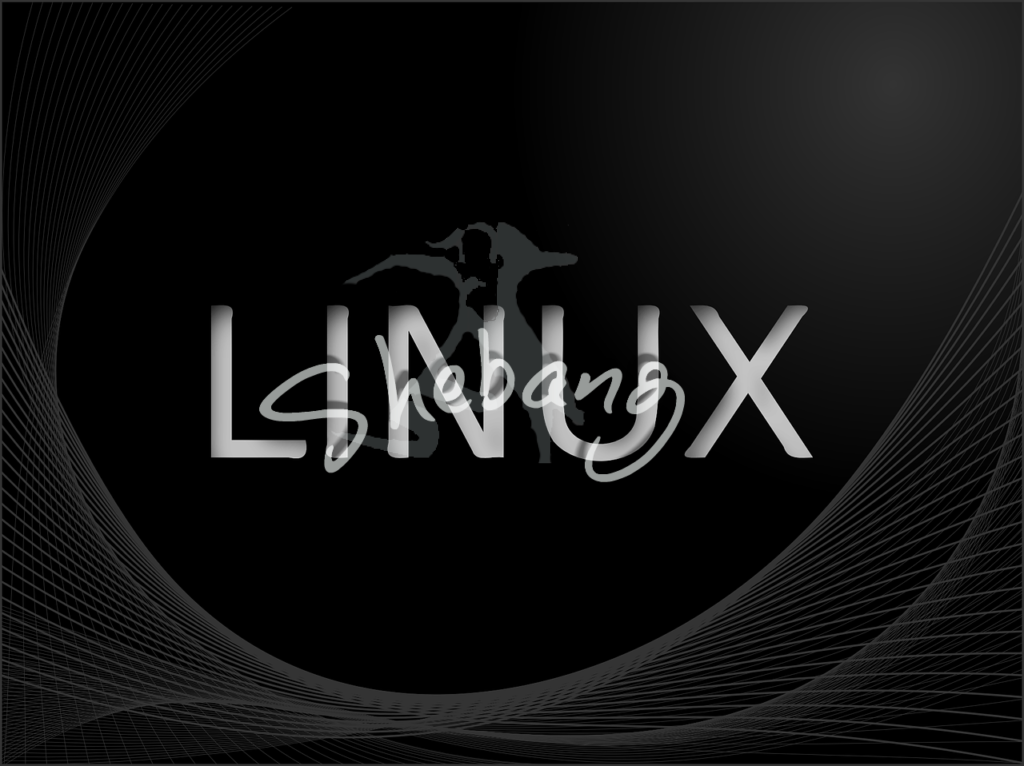Linux was made to be free and open.
Linux was made to be free and open. The idea is, an individual working with a piece of software should be allowed to view, edit, and share its source code without legal consequence. The free software Movement was largely the brainchild of Richard Stallman. Having been a member of the academic hacker community for over a decade, he had grown frustrated by the spread of proprietary software and came to see it as a violation of people’s rights to innovate and improve existing software.
In 1983, Stallman launched the GNU Project – an effort to create a complete operating system which would provide its users with the freedom to view, change, and share its source code. According to Stallman, the proprietary software puts an unfair burden on users and developers who would otherwise be able to change the code to suit their own needs or alter it to serve a new function.
Fast forward to 1991, Linus Torvalds while studying computer science at University of Helsinki, began a project that later became the Linux kernel. Linux (also known as GNU/Linux) is a computer operating systems, like Microsoft or Apple Mac OS. Unlike those two, Linux is built with a collaborative development model. The operating system and most of its software are created by volunteers and employees of companies, governments, and organizations from all over the world. To continue this legacy, Linux Administrators and Engineers all over the world must invest in the personal and professional development of Newcomers. We must leverage our networks in order to do so effectively and efficiently. We are always open to new ideas, energy and engineering contributions.
Our goal at ShebangLinux is simple: We aim to create a platform that provides everyone with the connection they need to be successful in their career.


